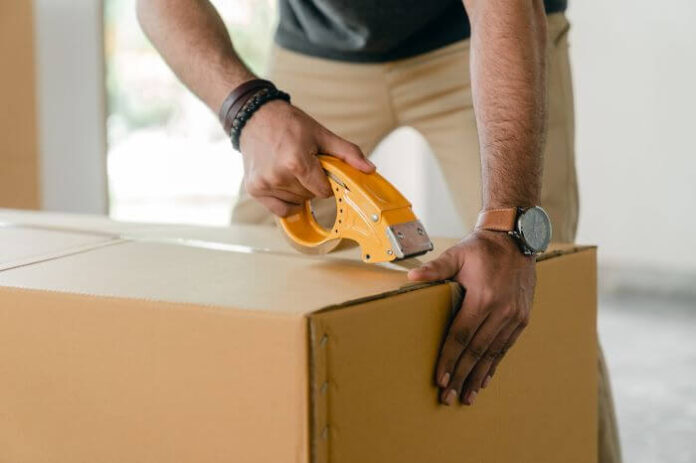When you operate a business that sells a product, one of the most important decisions you’ll make is what type of shipping boxes to use. After all, there are tons of types on the market today, and they differ quite a bit from one seller to the next. When choosing the right boxes, you can’t just consider the size of the box alone because there’s much more to it than that. In fact, if you want the perfect boxes to ship all of your products in, keep the following tips in mind.
1. Make Sure the Box Keeps the Items Secure
Even if the items you ship aren’t fragile, the boxes still need to be sturdy enough to keep the contents inside of them safe from breaking or cracking. No one wants to receive something they ordered in multiple pieces, so before you decide which boxes to use to ship your products, make sure they can withstand a lot of abuse and still keep those products nice and safe.
2. Know Your Box Sizes
Just like any other item used in sending products all over the world, shipping boxes come in many different sizes, and if you’re familiar with them, it’s much easier to choose the right one for your particular product. Sizes include cube boxes, which are square in shape and have the same length on all sides; long boxes, which are elongated and meant for very long items; telescopic boxes, which are perfect for shipping large and tall items that won’t fit into a single box; and side-loading boxes, which are often thin and wide and have an opening on the side to load and unload certain items.
3. Choose the Right Strength
All boxes made specifically for shipping have different strengths, and it’s good to be familiar with all of them. There are two types of boxes that are used more often than the others. The first is the 32 ECT (edge crush test) boxes, which can withstand vertical compression of 32 pounds per square inch. When you’re going to stack lightweight items, this is the type of box you want. The second is the 200# box, which is used for heavy-duty shipping and has a bursting strength that is 50% higher than the 32 ECT boxes. There are other strengths as well, but most shipping consists of one of these two types.
4. Know the Exact Measurements of the Shipment
You can’t choose the right box until you know what the exact measurements of your product are. If your product is a standard size, you’ll want a box that is just a tad bigger so that it isn’t too snug. For unusually shaped items, you likely won’t find a perfect match. Just find a box that allows the product to be snug on as many sides as possible, then place the item in the center of the box before you add your protective materials to the box. But it all starts with knowing what your dimensions are.
5. Make Sure the Box Looks Professional
It may sound odd, but the boxes you use to ship your product should be aesthetically appealing. After all, first impressions are important, and it says a lot about your company if you use boxes that look unappealing or like a second-grader put the order together. If you happen to come across a box in your inventory that accidentally got a little beat up, it’s best not to use it to ship your products out to customers. A few dents are one thing because the delivery company might be responsible for that. But when a box is messy and looks unprofessional, your customers will be turned off for sure.
6. Know When to Use a Corrugated Box
Corrugated boxes are sometimes used as shipping boxes, but you have to consider their features first. These boxes have three layers—an inside layer and a top and bottom layer—and are, therefore, very sturdy and reliable. Standard cardboard, by comparison, has only one layer. Single corrugated boxes have one inside layer, while double corrugated boxes have two inside layers. In most cases, you’ll want to ship your products in double corrugated boxes because they have the most strength and are more resistant to punctures, dents, and tears.
7. Consider the Edge Crush Test (ECT)
Most boxes used for shipping have an ECT rating, and this affects the type you end up choosing for the shipping of your products. Simply put, the higher the ECT rating, the more likely your box will be able to withstand a lot of abuse, mainly in the area of vertical compressions. For instance, a standard moving box has an ECT rating of 32, which means it can accommodate up to 32 pounds of pressure per square inch. On the other hand, a double corrugated box has an ECT rating of 48, which naturally makes it a much better option.







